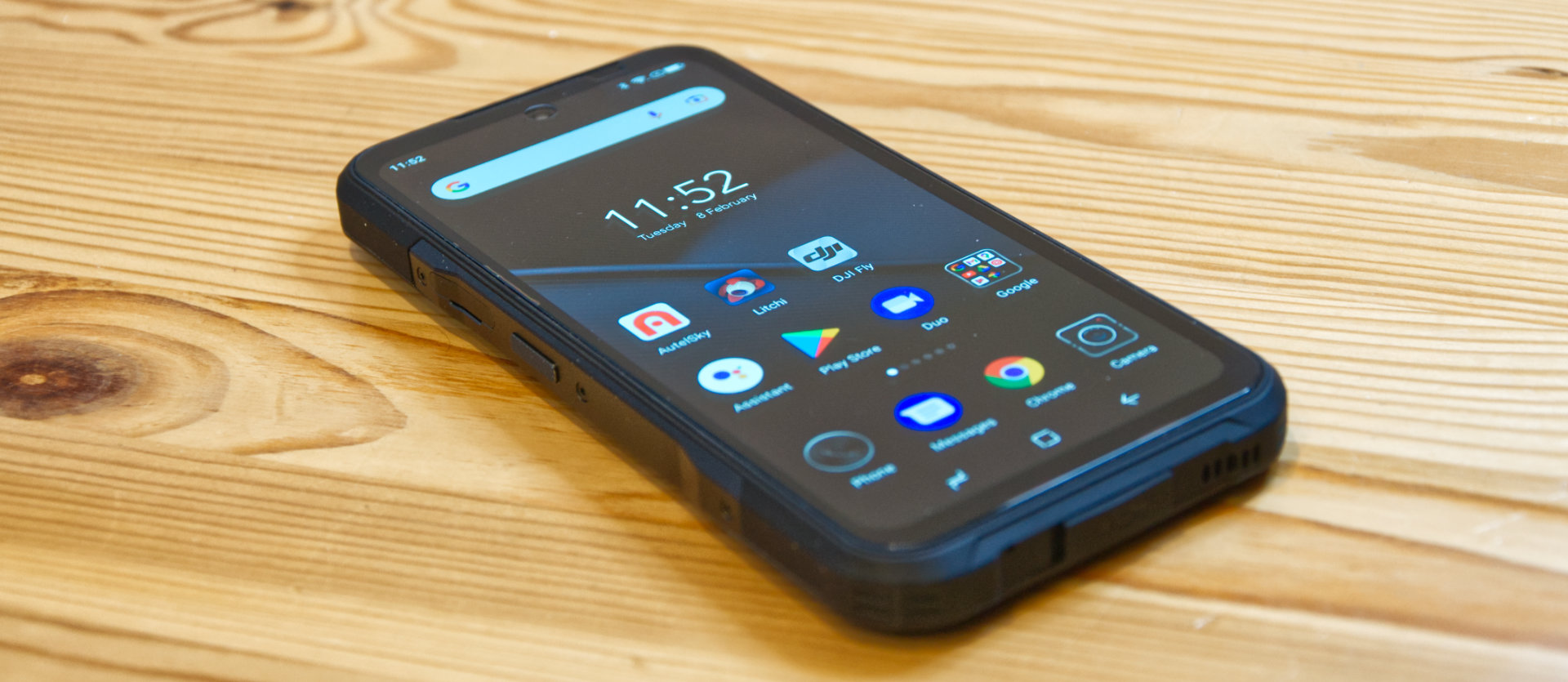TechRadar Verdict
The V20 offers excellent value and has a more elegant yet rugged design than we’ve come to expect. The AMOLED screen is stunning, but limiting it to Widevine L3 DRM means that you can’t use it to view Netflix or Disney+ in better than 480p.
Pros
- +
Gorgeous OLED display
- +
Night vision camera
- +
Excellent battery life
- +
Uncluttered Android 11
Cons
- -
Widevine L3 = 480p streaming
- -
Annoying USB-C cover
- -
Heavy
Why you can trust TechRadar
Doogee is one of the smaller Chinese phone brands primarily focused on rugged designs meant for those that work outdoors or in challenging industrial environments.
A few months ago, it launched the V10, an aggressively priced flagship 5G design that was both IP68 and IP69K rated. Selling well by Doogee standards, the V10 has been rapidly followed by the V20. Essentially a V10 put with a better display, a better camera, more memory, more storage and some unique extra features.
Is it worth the £399 that Doogee is asking over the more affordable V10? Let’s find out.
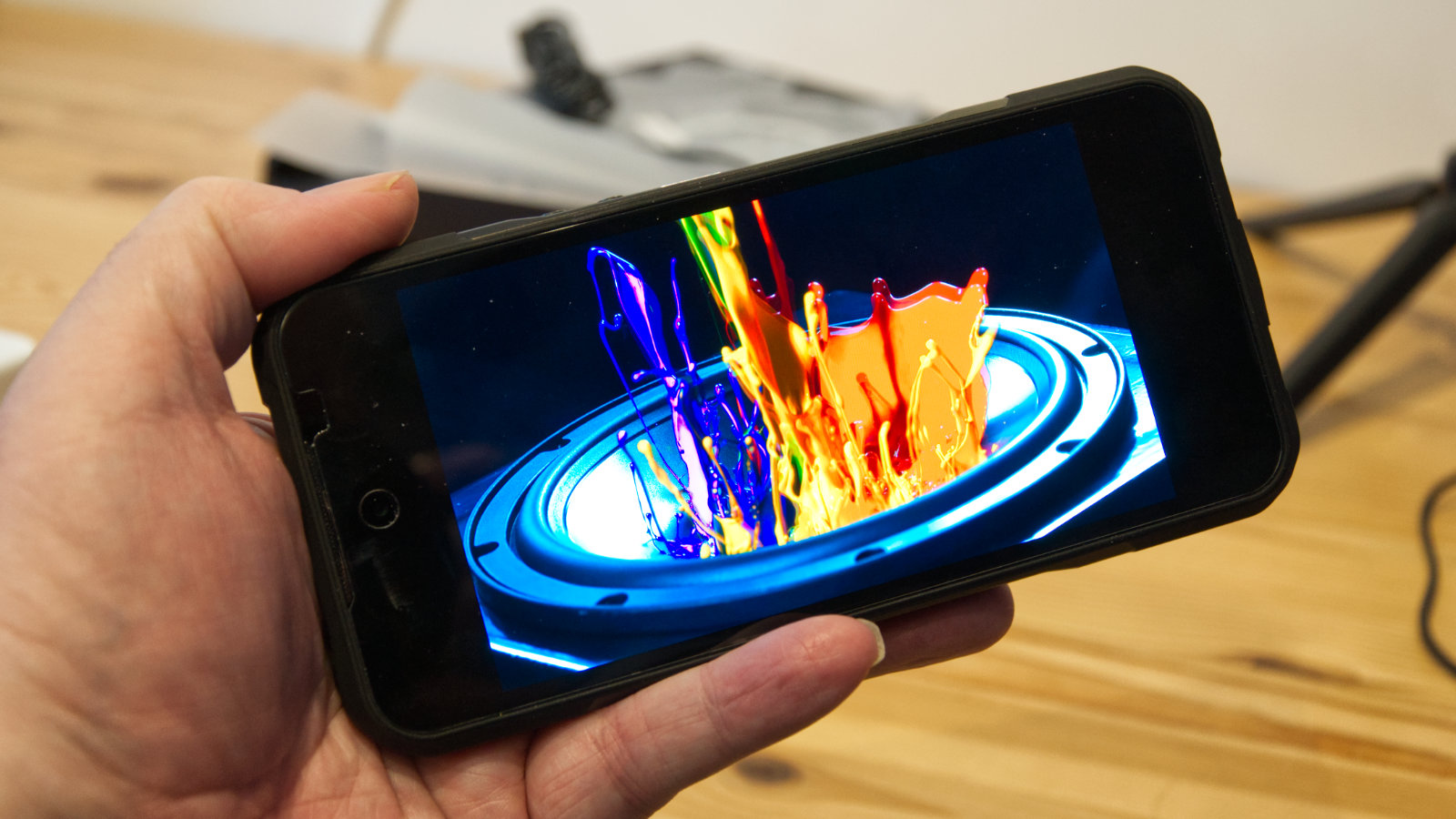
Price
According to the Doogee website, the V20 will go on sale at midnight Pacific time, February 21st 2022, and the standard price will be $399. Pre-order can reduce that cost by $100 or more, but only for the first 1000 orders. And, given the overwhelming interest in this product, these advance orders might be already filled. The V20 comes in Knight Black, Phantom Grey and Wine Red colour schemes. Learn more here.

Design
Previous Doogee phones we’ve covered were probably trying a little too hard in pushing the ruggedised aspect of those devices by making them look like military equipment.
Those responsible for those devices took the backseat on the V20 or have realised that customers want rugged phones that look like more attractive non-rugged designs.
Yes, it still has that go-anywhere vibe, but the V20 has more subtle styling than we’ve seen previously from Doogee and signals a transition to aesthetically considered phones.
Sign up to the TechRadar Pro newsletter to get all the top news, opinion, features and guidance your business needs to succeed!
On the back of the V20 case is a surface finish that looks like carbon fibre. It’s merely a finish, and this phone has a conventional construction of polycarbonate and aluminium.
Another continuity with previous designs is that the V20 is biased towards right-handed customers, with a thumb-friendly fingerprint reading button on the right that would be less convenient for those who are lefthanded.
If this impacts you, the best option is to use face unlock if you are happy with using that.
Like the V10, this design is IP68, and IP69K rated, allowing it to handle dust and water with limited time and depth immersion in liquid, assuming all the seals are intact.
The two significant points of ingress are the dual SIM card slot and USB-C port, with the USB port being the genuine concern. A rubber plug covers this port when not in use that manages to always get in the way of inserting the USB-C cable.
While the plug fits snuggly, those wanting to keep this phone from getting any water in it would be advised to leave it firmly in place and use the wireless charging that this design supports.
Easily the most eye-catching feature of the V20 is the wonderfully colourful OLED display with a natural resolution of 1080 x 2400. The contrast ratio on this screen is an incredible 80000:1 and displays 105% of the NTSC colour gamut.
One peculiarity with the screen is that to get the biggest vertical display coverage, the front-facing camera is under the display, and a small hole has been cut through it. Not exceptional, but it's something you might not expect to see when viewing a video full screen.
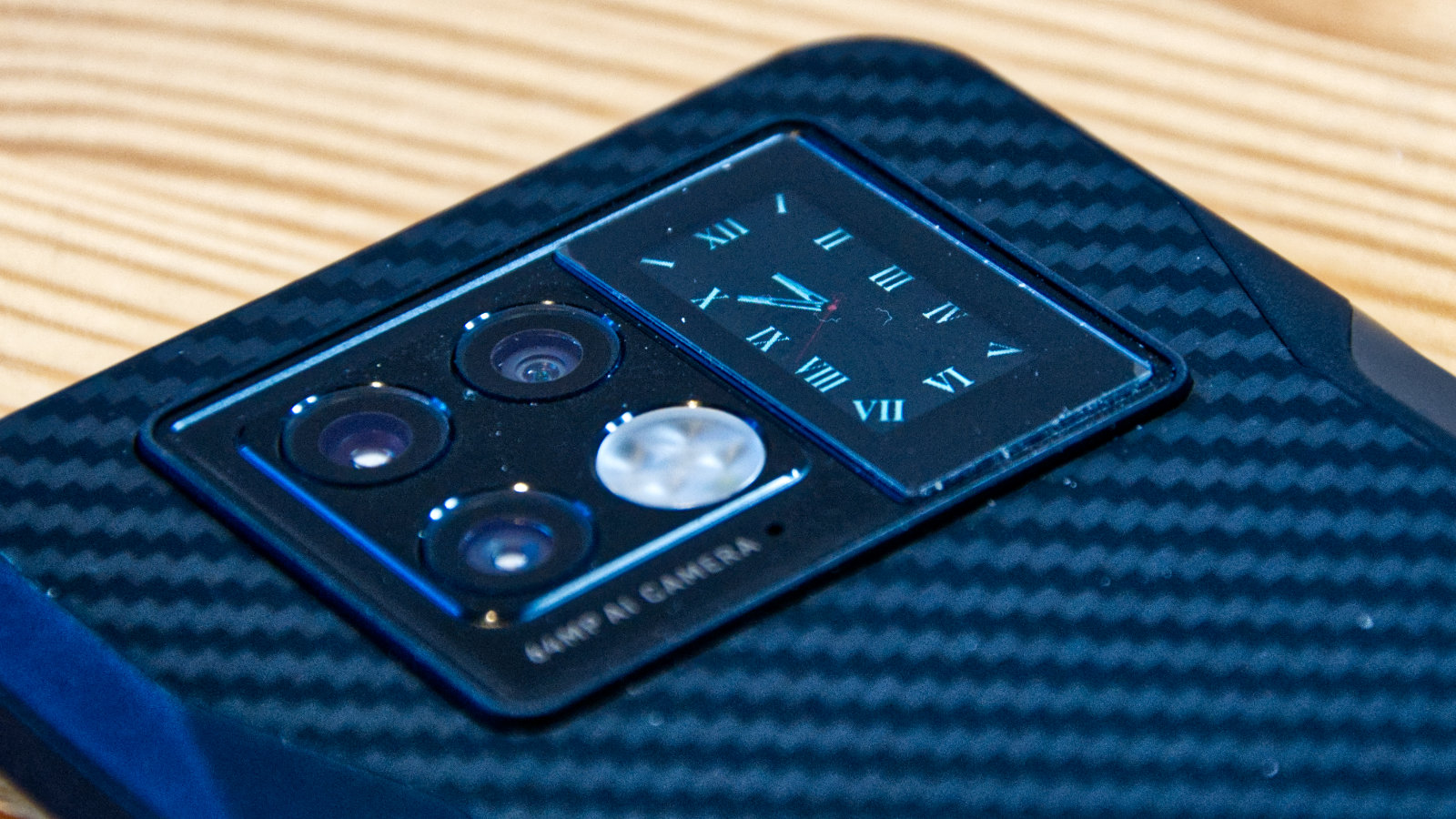
This also isn’t the only display on the phone, as a small 1.05-inch panel to the left of the triple camera cluster on the back. Being so small, its practical uses are limited.
But it can be set to show a clock, reveal who is ringing you or provide a quick means to control media playback.
The issue here for us is that we’re not inclined to place our phones face down, mainly to protect the screen, and therefore we’d not be looking at this teeny display anyway.
The camera cluster that combines three sensors into one image processing solution is arguably more useful. The top resolution is achieved via a 64MP main camera. Alongside that are a 20MP night vision sensor and an 8MP wide-angle camera that is useful for creating blurred backgrounds. Still images can have a maximum resolution of 9248 x 6944, and the Doogee camera app allows for HDR, panoramics, and the usual social media-friendly features.
Our only disappointment about the camera is that given the huge resolution of the sensor that this phone doesn’t support the capture of 4K video, offering only 2K @30fps and no other framerate options.
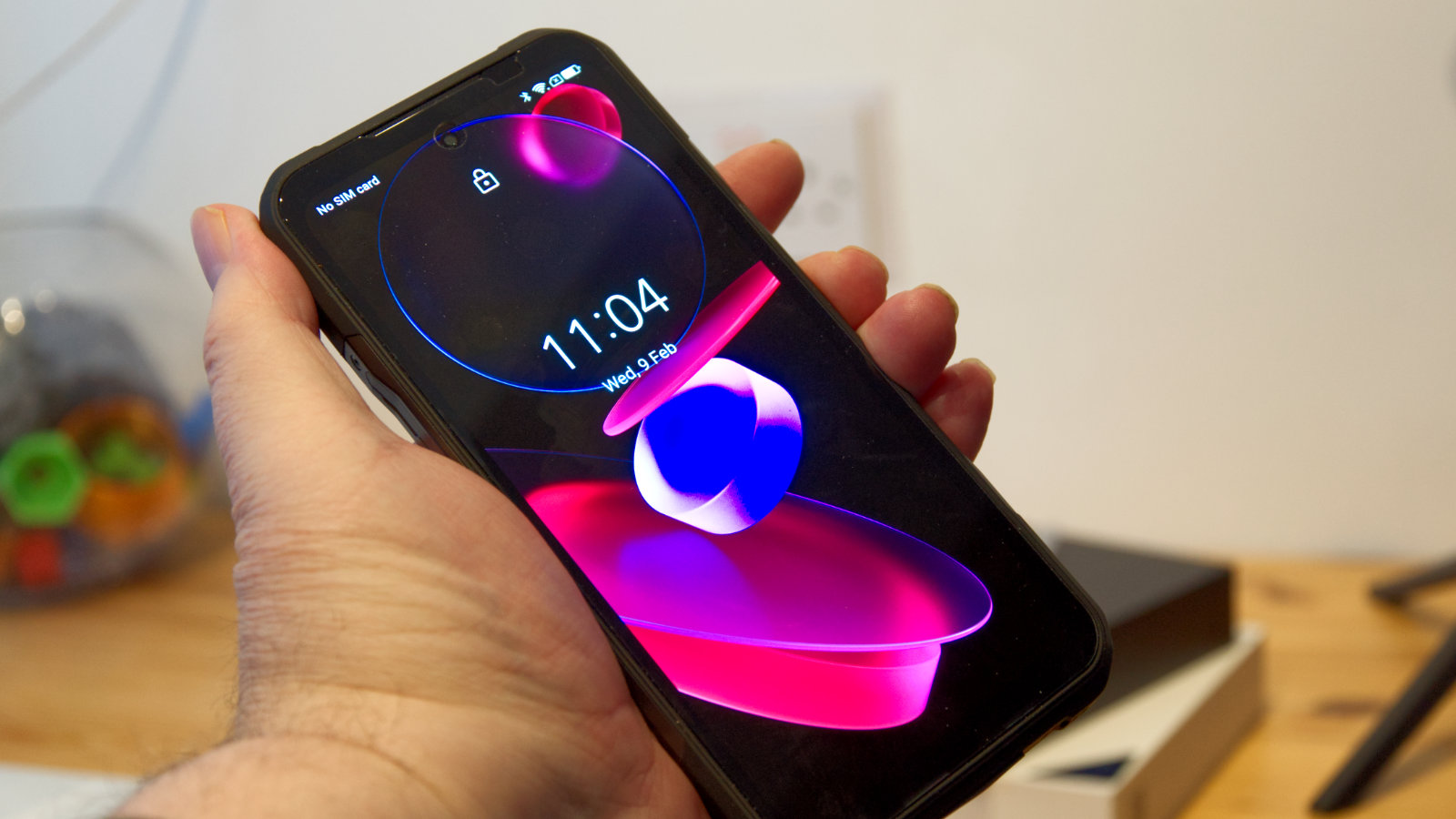
Hardware
The Doogee V20 that was sent to us for review came with the following hardware:
CPU: Dimensity 700 MT6833 Octa Core 2.2GHz
GPU: ARM Mail-G57 MC2
RAM: 8GB LPDDR4X
Storage: 256GB
Screen: 6.43" AMOLED FHD+ DotDisplay
Resolution: 1080 x 2400
SIM: Dual Nano with standby
Weight: 296g
Dimensions: 170.4 x 81 x 14mm
Rear camera: AI Triple camera (64MP+20MP+8MP) with Nightvision mode
Front camera: 16 MP
OS: Android 11
Battery: 6000mAh
High-end phone brands have been migrating to custom ARM SoCs to differentiate their devices from competitors.
Doogee isn’t one of these and has settled on the Mediatek Dimensity 700 MT6833, an eight-core chip fabricated on a 7nm process that they previously used in the V10.
An evolution of the Mediatek Helio P70 Octa-core processor, the MT6833 features an integrated 5G modem and a radically different core structure.
Many previous Mediatek octa-core designs used two groups of four cores, this chip sports two high-performance ARM Cortex-A76 cores, clocked to 2.2 GHz and six power-efficient 2GHz Cortex-A55. They make an 800 series SoC that uses the old four-and-four core model, but the 700 series offers more power saving potential.
The narrower tracks and heterogeneous multi-processing aspects of this design allows for an excellent overlap in the objectives of raw performance and extensive battery life.
When combined, as it is, in this design with 8GB of LPDDR4X RAM and 256GB of inbuilt storage, it provides a smooth and responsive user experience almost irrespective of the number of apps they install or the demands they make on the phone.
What got removed that the V10 had is the infrared thermometer, a handy feature of that design.
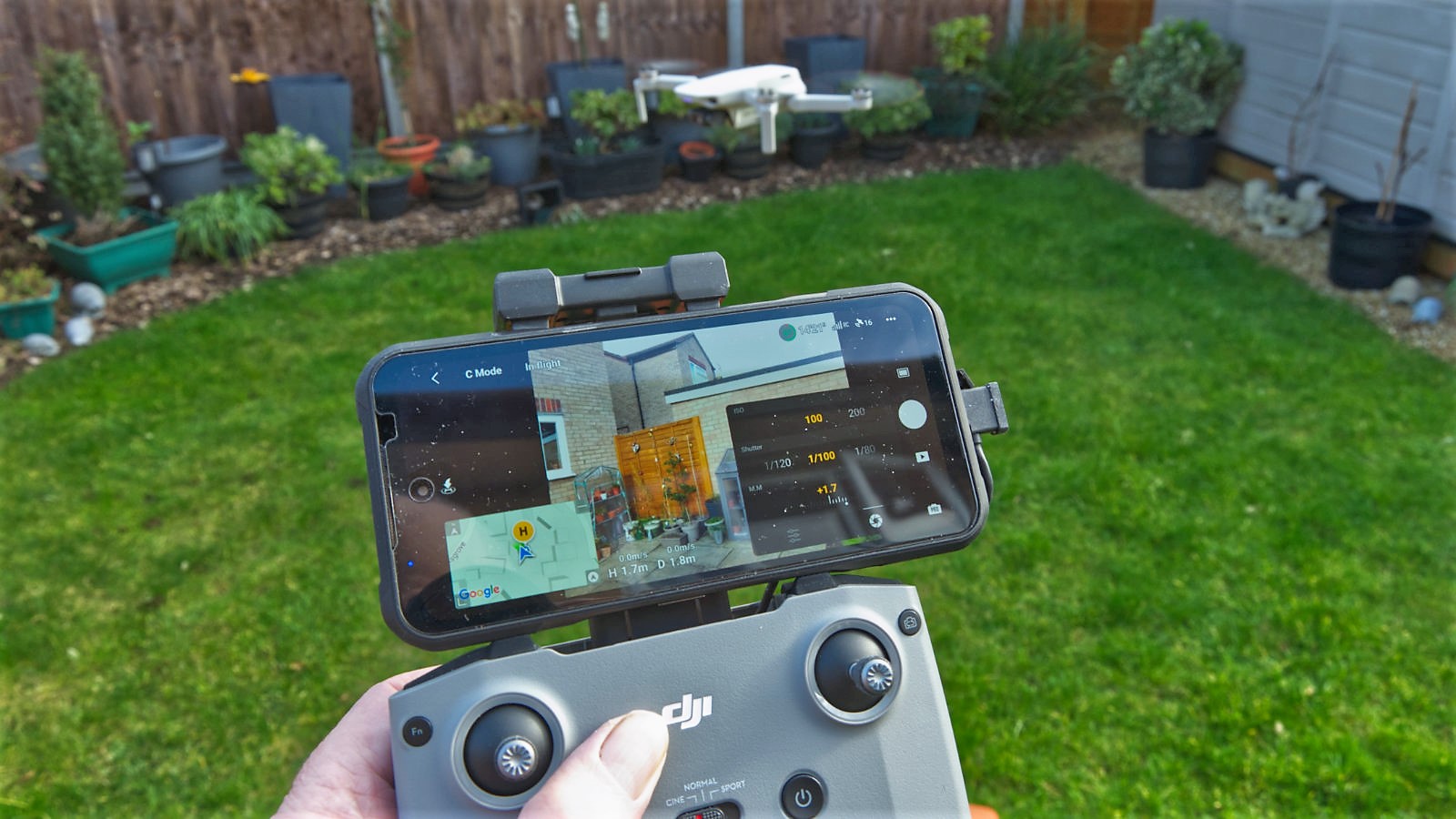
But the one feature of this phone that is impossible to ignore is the screen. With deeply saturated colours and a maximum brightness of 500 nits, the 6.43" AMOLED FHD+ DotDisplay offers a 20:9 ratio panel that is a delight.
However, as wonderful as the screen is, it’s difficult to get the most from it due to an oversight.
With such a large and vibrant display combined with good battery life and 5G connections, this should be the perfect phone for streaming. But with only Widevine L3 software DRM, 480p is the maximum available resolution on most streaming platforms, crushingly.
Why this piece of the V20 puzzle is missing, we can’t say. For many potential customers, this limitation undermines the desirability of the V20 and other phones that don’t offer L1 level DRM.
Sadly, the DRM issue is likely to be a hardware problem that can’t be addressed with a firmware enhancement.
We did find one excellent use for this phone and its colourful screen, and that was for drone flying. The brightness of this panel and the performance of the V20 is ideal for drone flyers that might encounter rain or snow while enjoying this hobby. However, the reflections on the screen can be an issue without applying an anti-reflection filter to it.
Performance and in use
This is how the Doogee V20 performed in our suite of benchmark tests:
Geekbench: 537 (single core); 1660 (multi core)
PCMark (Work 3.0): 10596
Passmark: 9280
Passmark CPU: 4524
3DMark Slingshot: 3483 (OGL)
3DMark Slingshot Extreme: 2465 (OGL). 2289 (Vulkan)
Wild Life: 1104 (Vulkan)
HWBot Prime: 4879
The performance offered by the Mediatek Dimensity 700 MT6833 on this phone is very good. Comparing these benchmarks to the Doogee S88 Pro from 2020, the V20 is almost twice as fast in every test, with the possible exception of HWBot Prime test.
The 3DMark results are a strong indication that the V20 is a good choice for those that like to game on their devices or use apps with 3D rendering functionality.
While the battery is smaller than the previous V10 offered, the operating life is relatively close, with a typical use pattern delivering two working days before a recharge is required.
The reduced battery capacity makes the V20 lighter, but not substantially. At nearly 300g, this isn’t a lightweight device, and it needs to be secured in a pocket to avoid momentum launching it unexpectedly.
Unlike some phone brands we can mention, Doogee has a relatively light touch in customising the Android 11 installation on this phone, and it is almost vanilla. It, therefore, comes with all the Google applications pre-installed and has full access to the Play store.
The only negatives we experienced was the awkward USB-C cover, the lack of 4K video recording, and the software-based DRM that scuppers HD video on most streaming services. With this AMOLED screen, it’s a tease to watch HDR content on YouTube to see the glory of 1440p playback, and with the proper DRM, how Netflix and others might have looked.
In all other respects, the performance of this phone is excellent unless the application is expecting to find a Trusted Execution Environment (TEE) for DRM encryption.
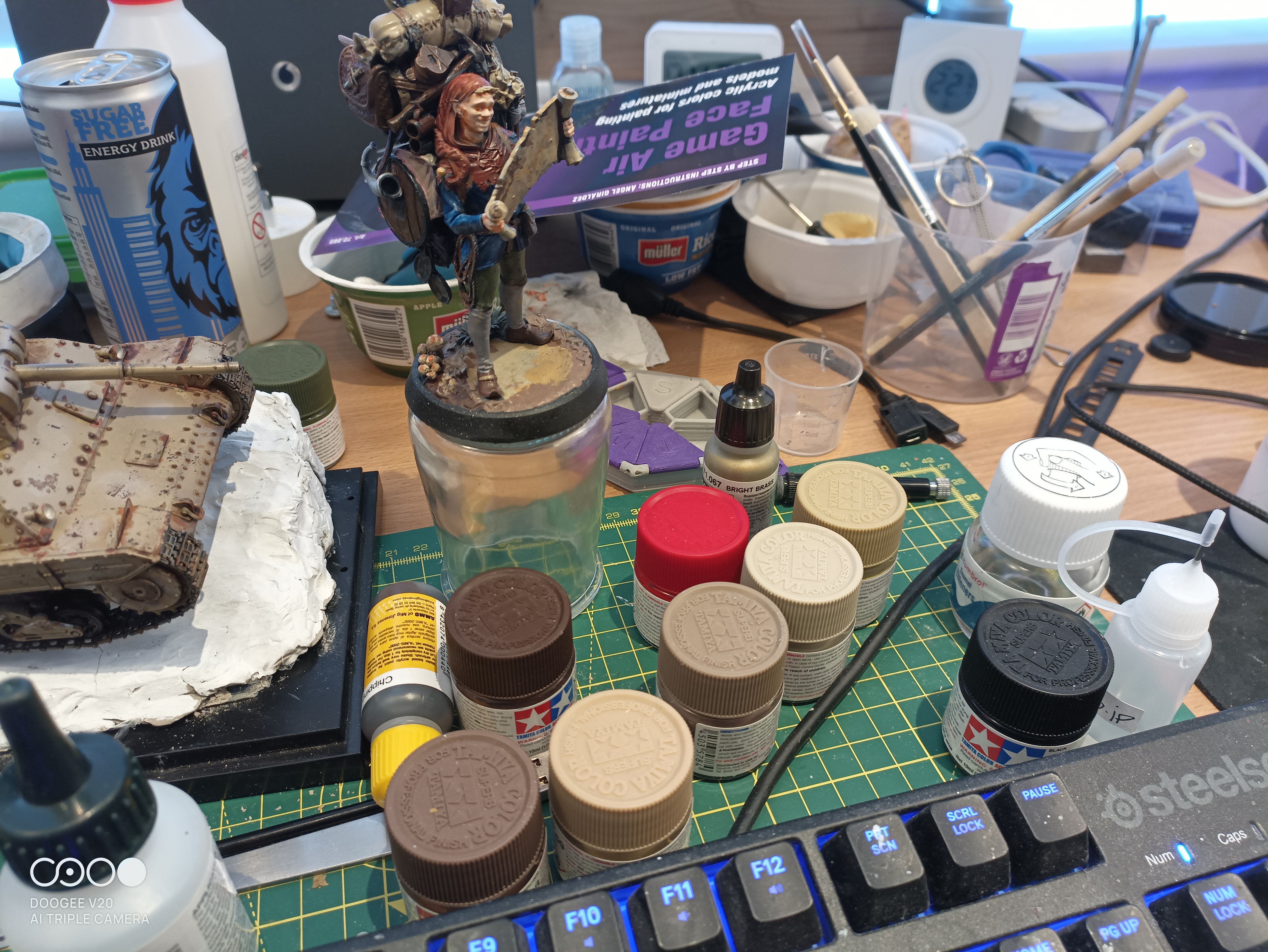



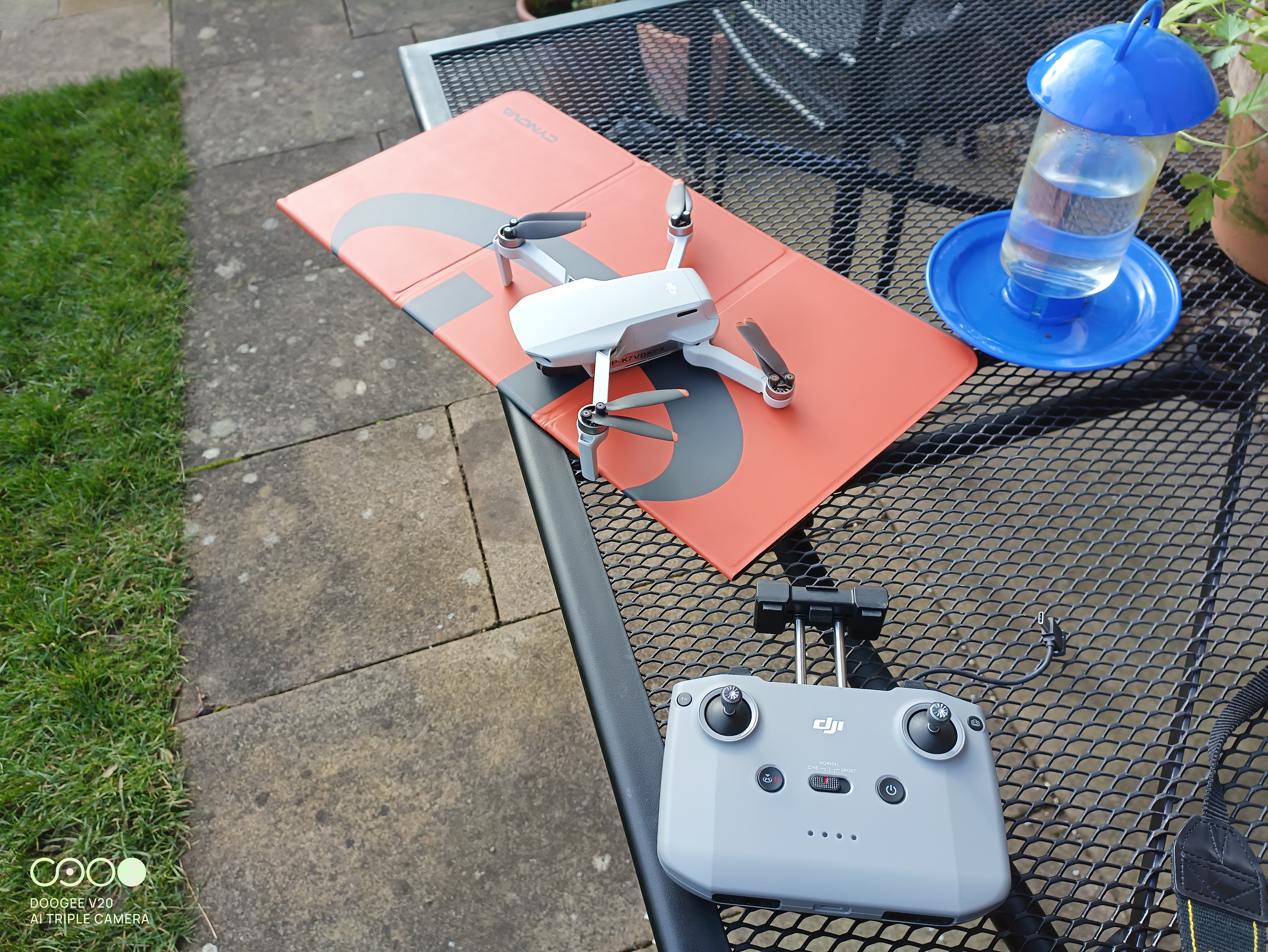
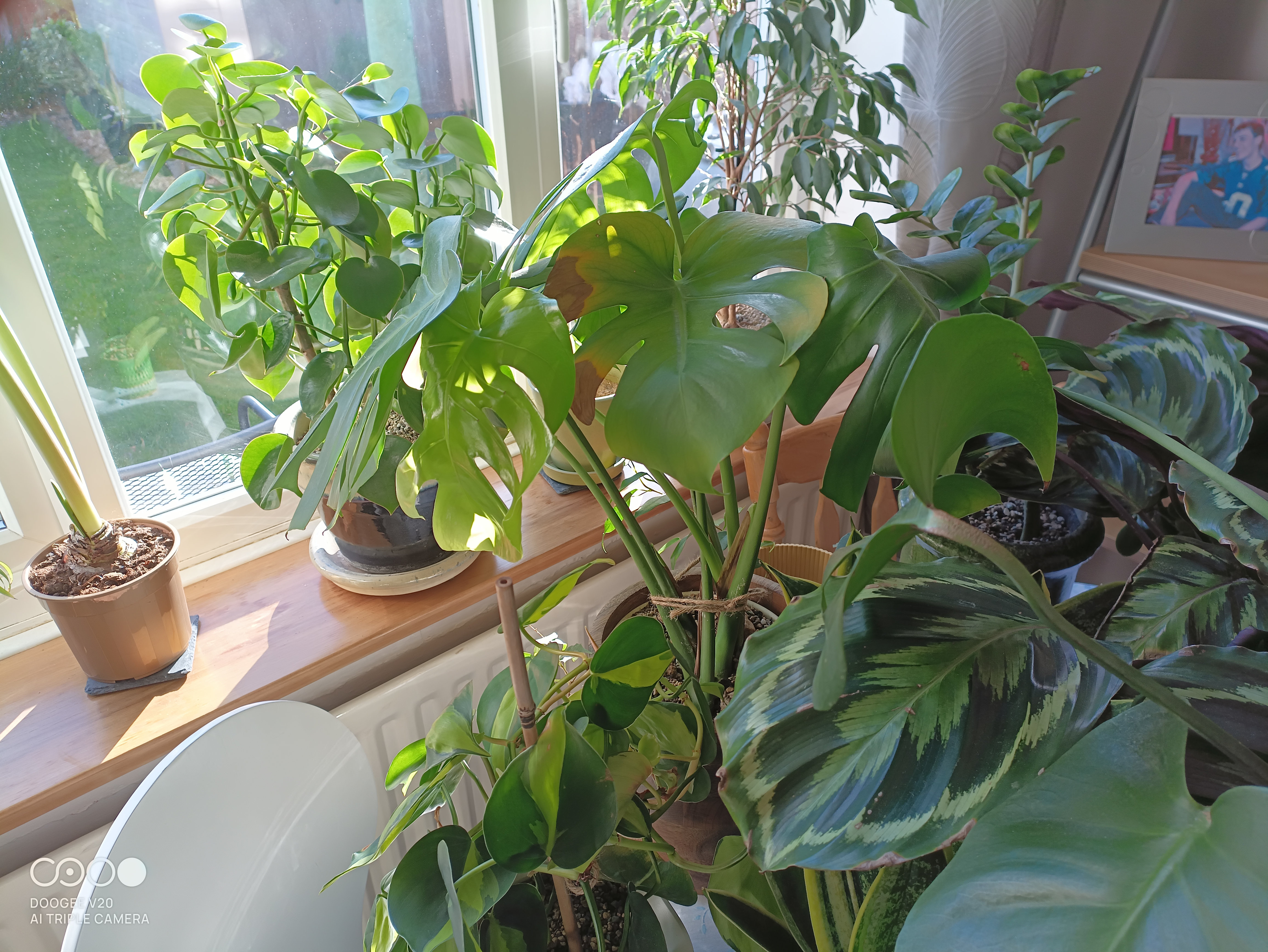
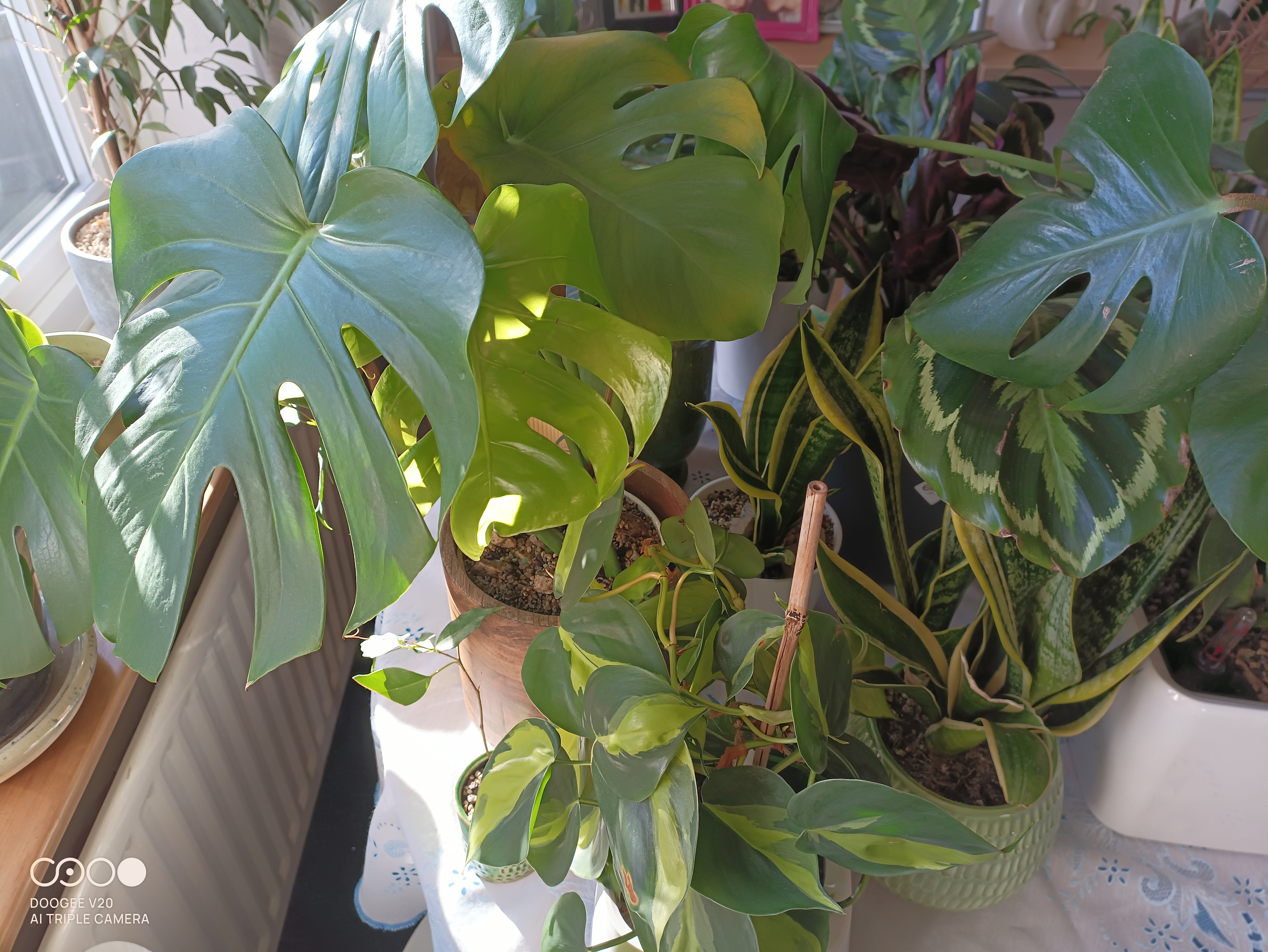
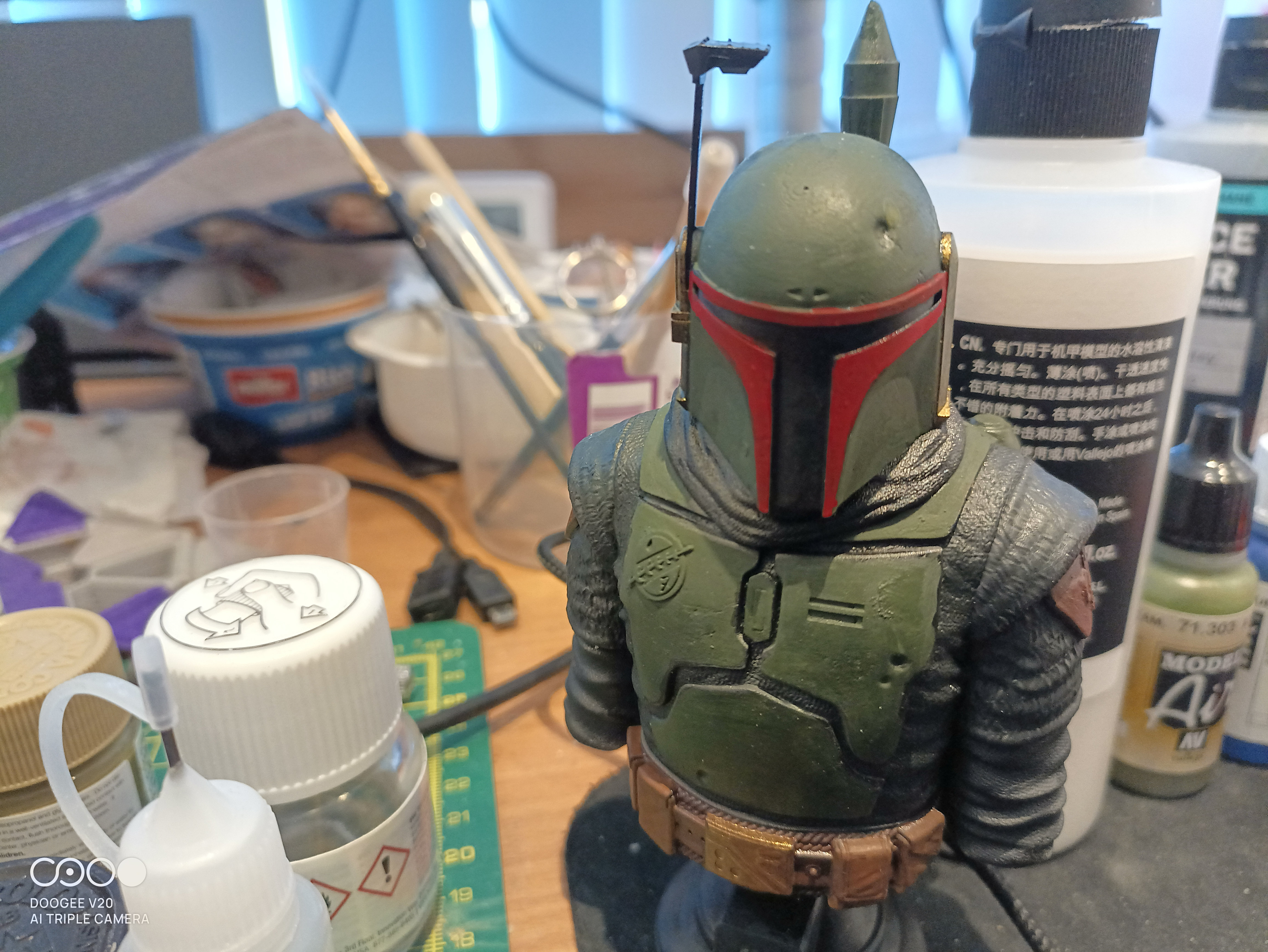

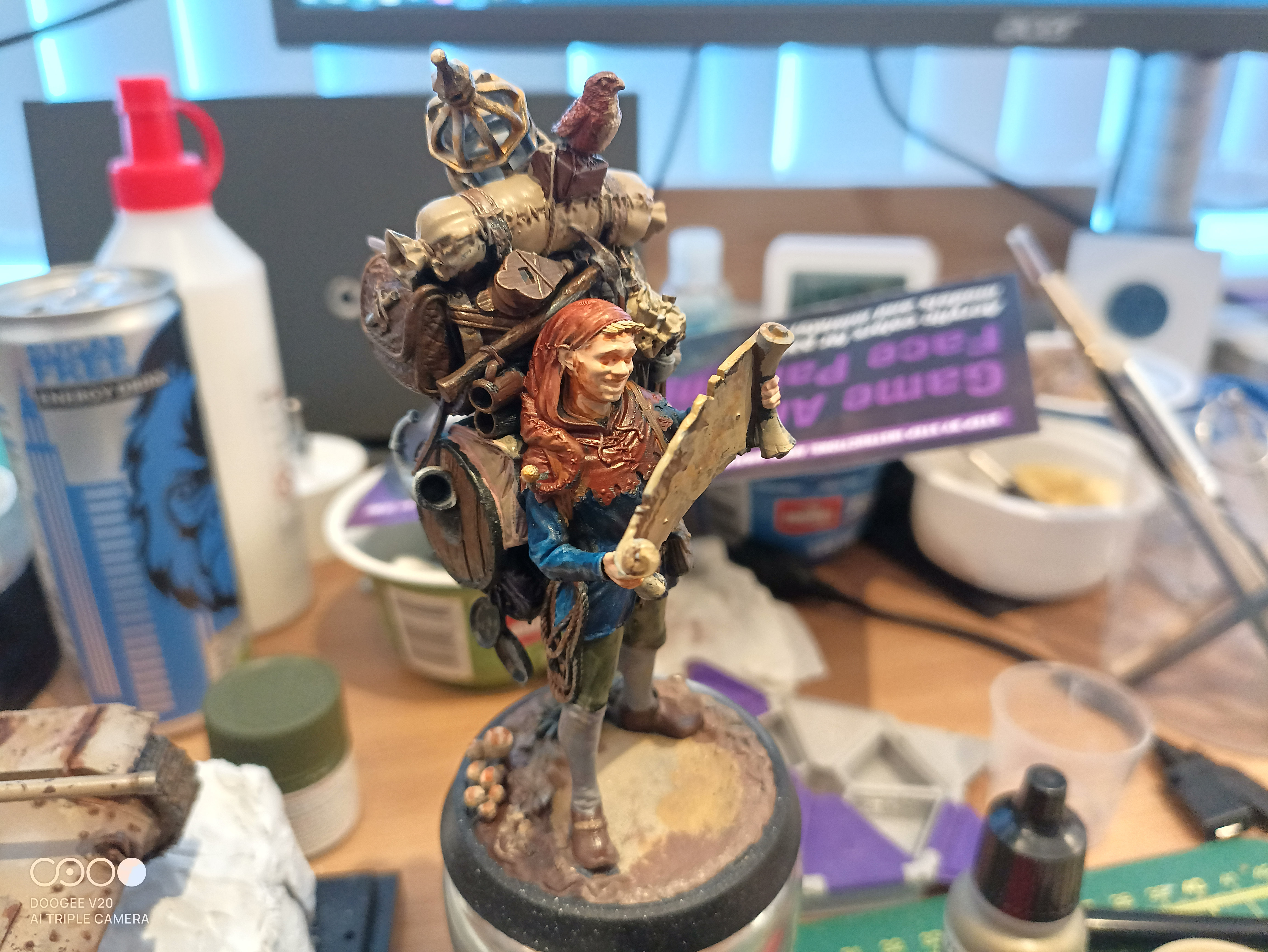
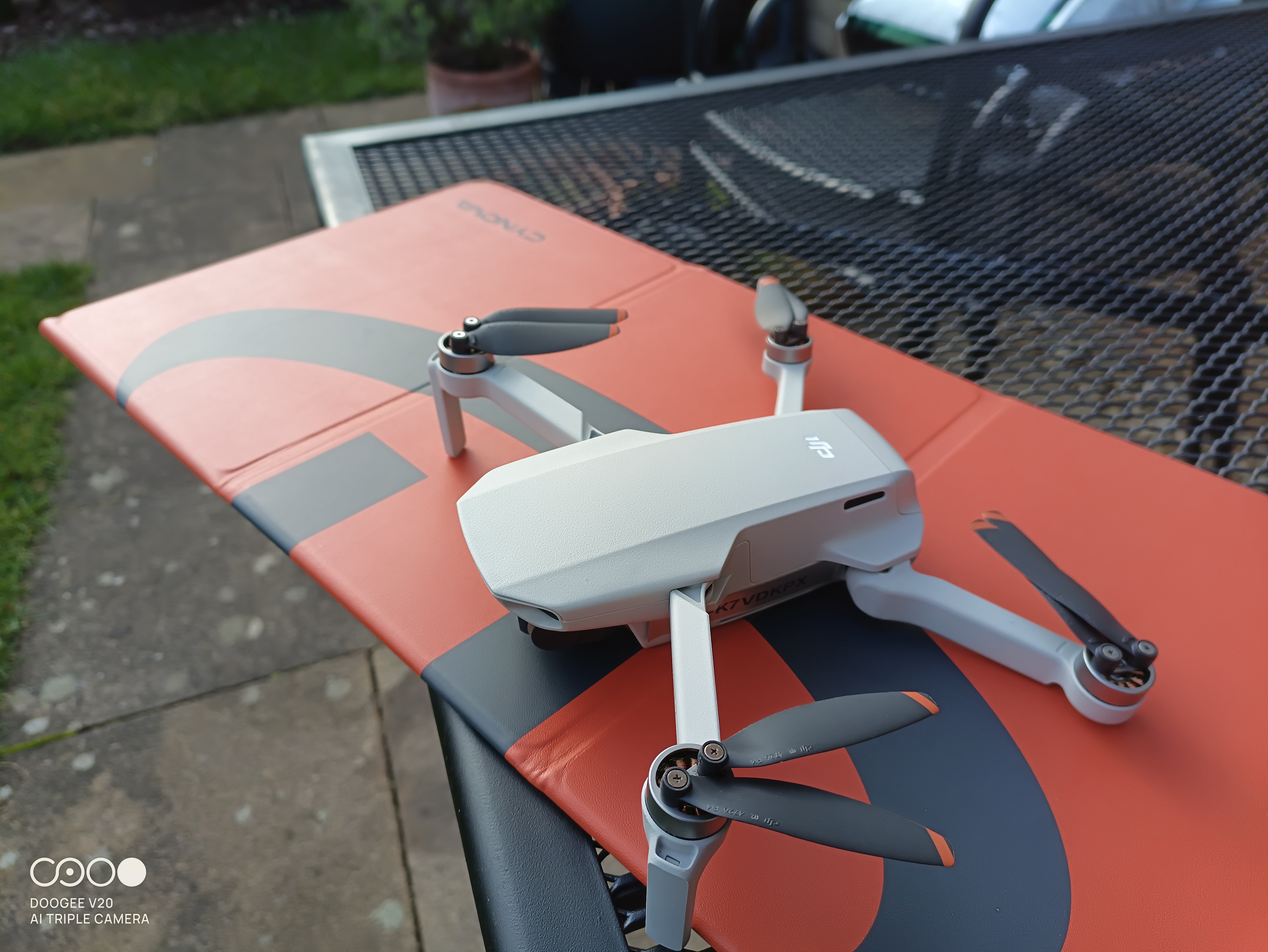
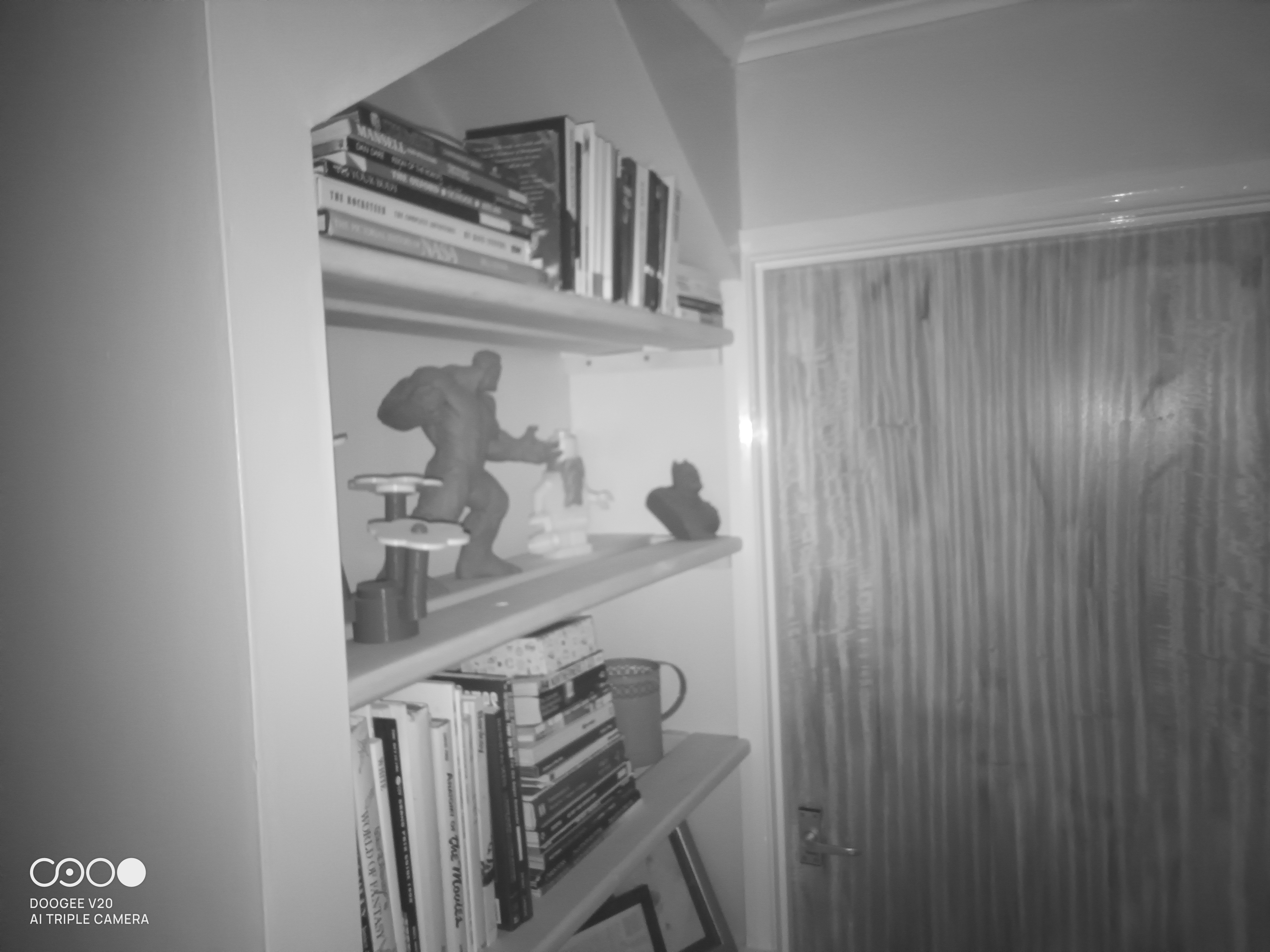
Competition
The biggest competitor for Doogee is OUKITEL and its WP10 5G model.
That device costs another $140 more than the V20, has only 128GB of storage, a lower resolution screen and less impressive cameras. It offers more battery, uses the higher performance MediaTek Dimensity 800 SoC, and has a camera that works underwater.
At a much closer price, Blackview offers the BL6000 Pro that matches the RAM and storage of the V20. It also uses the Dimensity 800, has the same water, dust and cold resistance and mounts the new Sony IMX582 48MP camera sensor.
What the BL6000 Pro doesn’t offer is as much battery capacity, and currently, it only runs Android 10, not 11. But Blackview has promised Android 11 eventually for this phone.
There are a few other alternatives, but the biggest competitor for the V20 is undoubtedly its cheaper V10 brother.
Being at least $100 less and with the same SoC, the V10 is a bargain if you are willing to forego the AMOLED screen, night vision and rear display on the V20. As a reward, you get more battery and an Infrared thermometer.
For customers wanting a robust phone to take on to a construction site or into the jungle, the V10 is probably a more compelling option based purely on price.
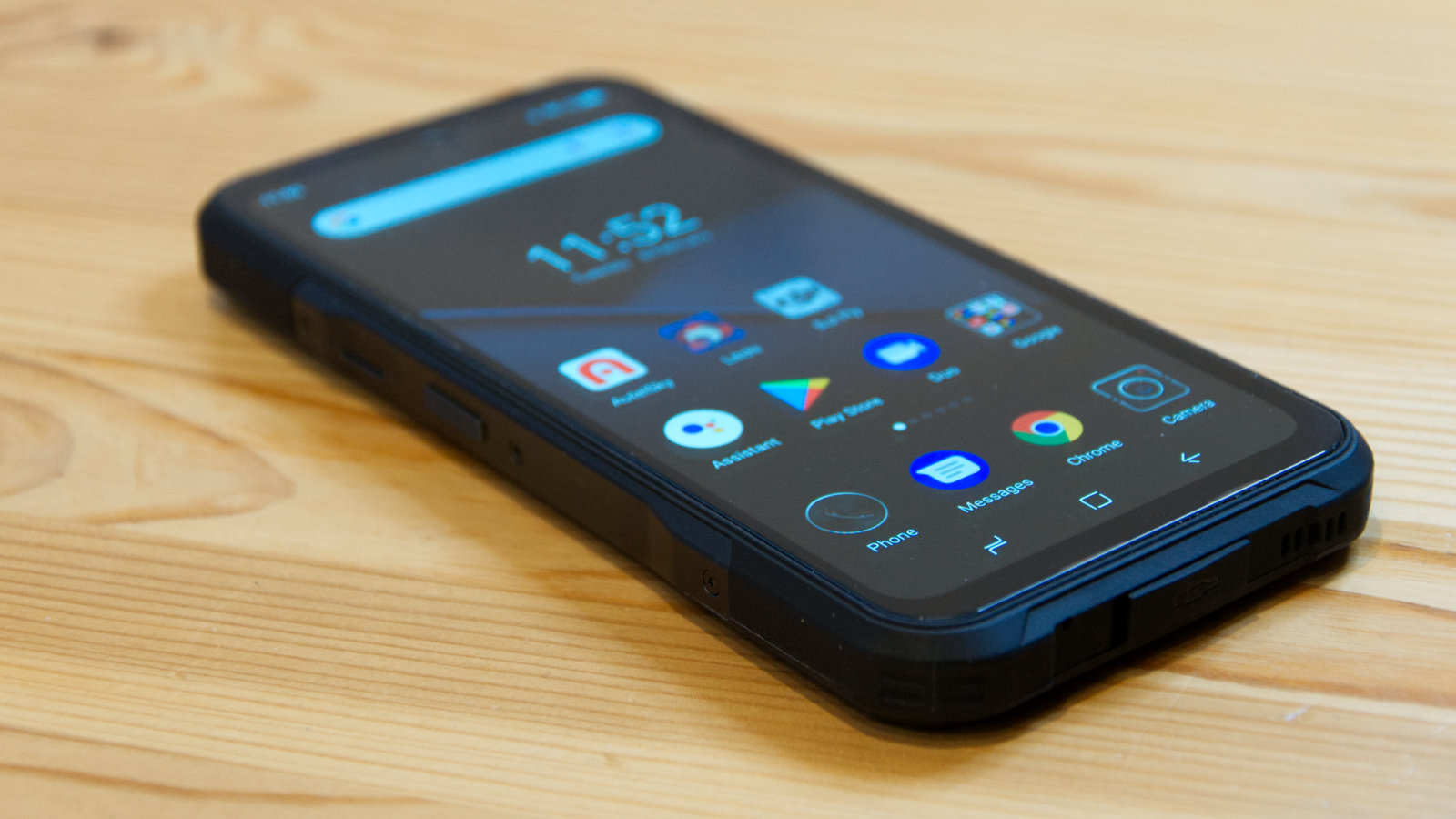
Final verdict
So much of this design is genuinely good that it feels unfair to mention the parts of this design that Doogee got wrong, but we’re going to.
Doogee designers need to develop a better way of waterproofing the USB-C port that doesn’t involve a rubber plug that its customers will pull off in frustration after just a few weeks.
We could also talk about the dubious value of the tiny second display, or that somehow Nightvision was considered more useful than thermal imagining on the camera, but these are minor discretions to our way of thinking.
More of an issue is the lack of L1 DRM support for HD streaming. This omission was an issue on the V10 and other Doogee designs, and the company appears to be in no hurry to address this potential dealbreaker.
What a shame because the rest of this design, with some small exceptions, is first class, both in construction and specification.
Its chosen SoC architecture combines power with frugal power consumption, and the Android 11 implementation is precisely what most western customers would ideally want.
There are just a few places where the final execution misses the bullseye slightly that corrected could make the V20, or maybe the V30, a world-beating design.
- Also check out our complete list of the best rugged smartphones
Mark is an expert on 3D printers, drones and phones. He also covers storage, including SSDs, NAS drives and portable hard drives. He started writing in 1986 and has contributed to MicroMart, PC Format, 3D World, among others.
